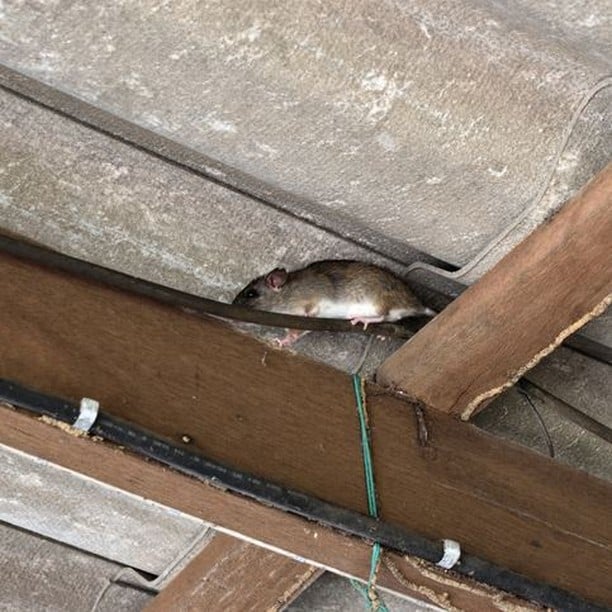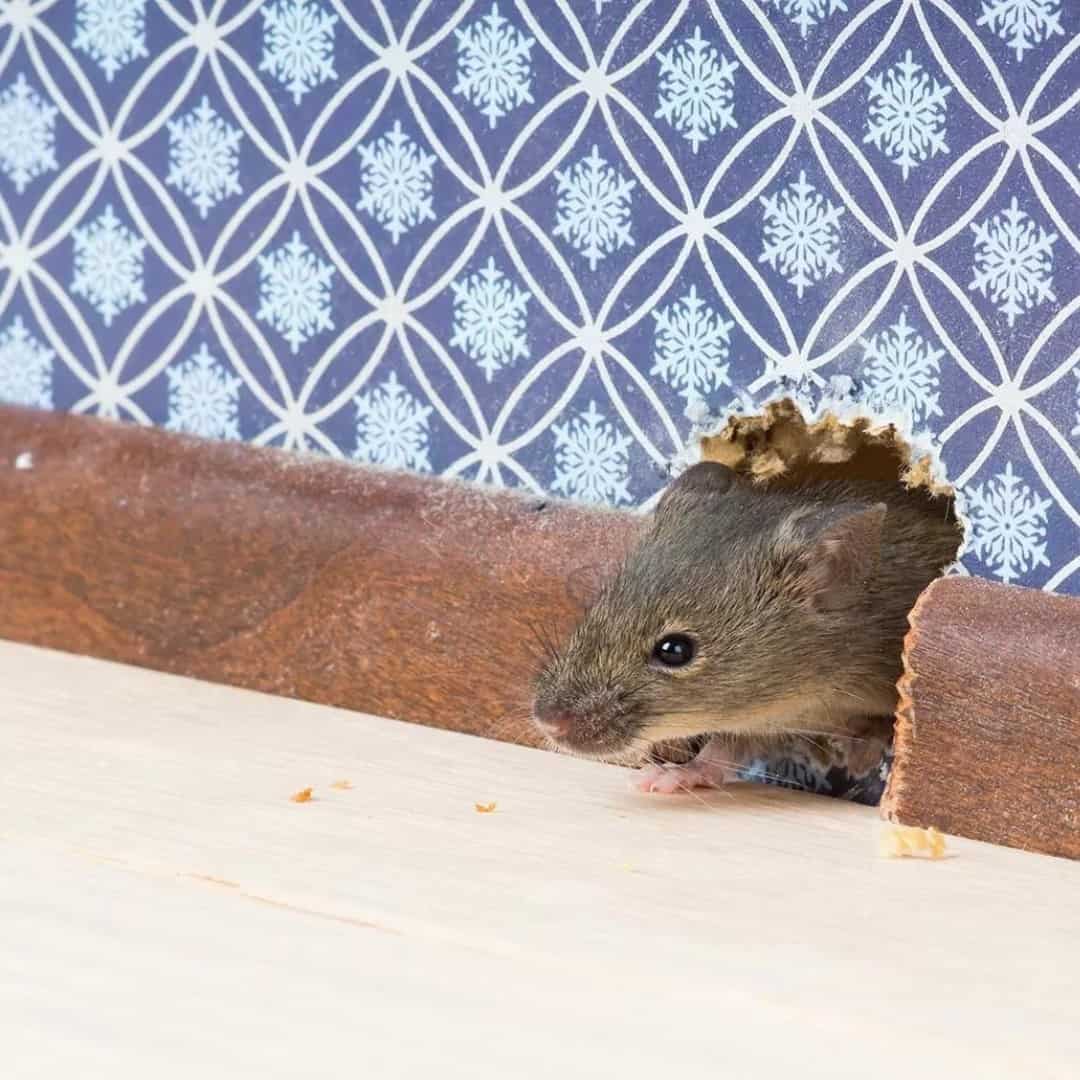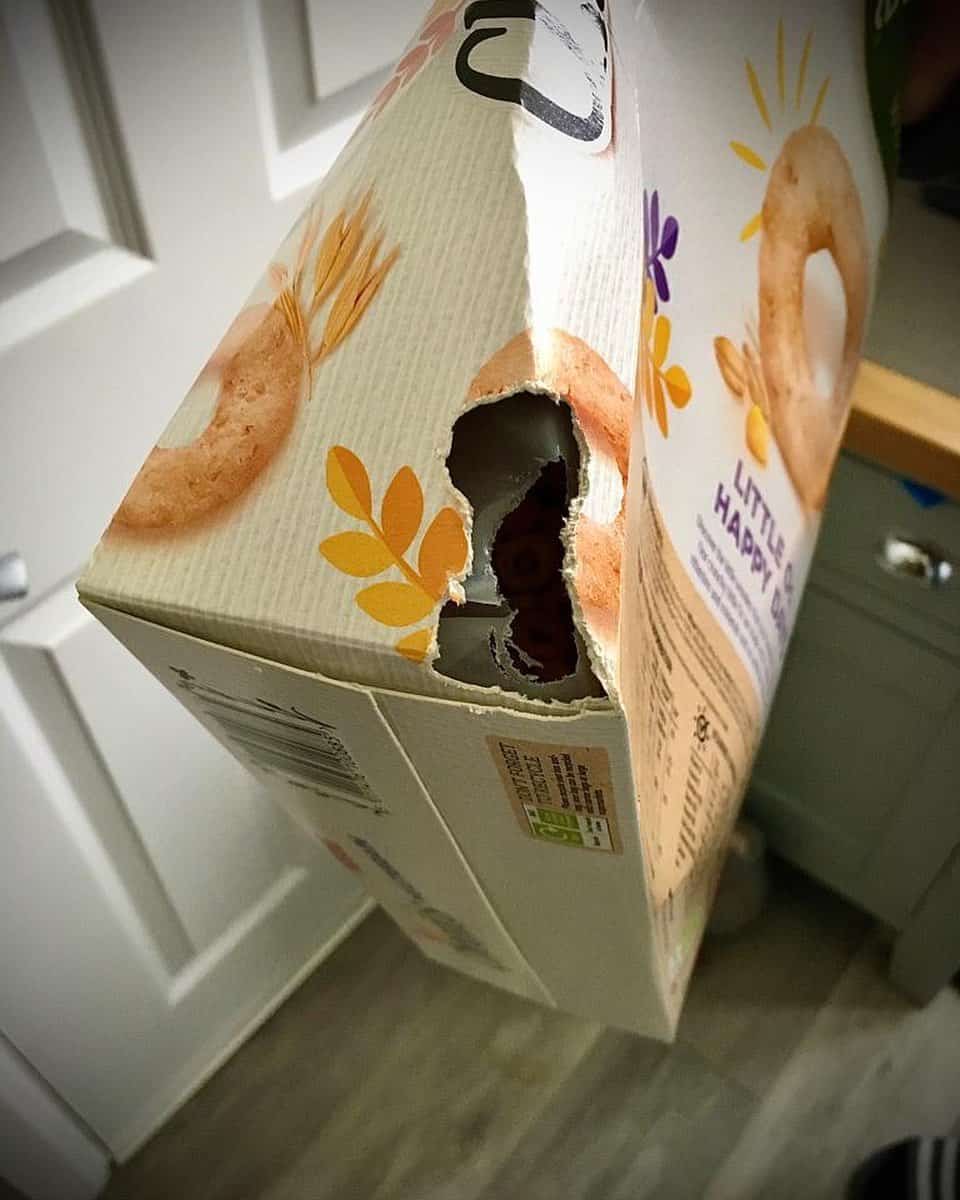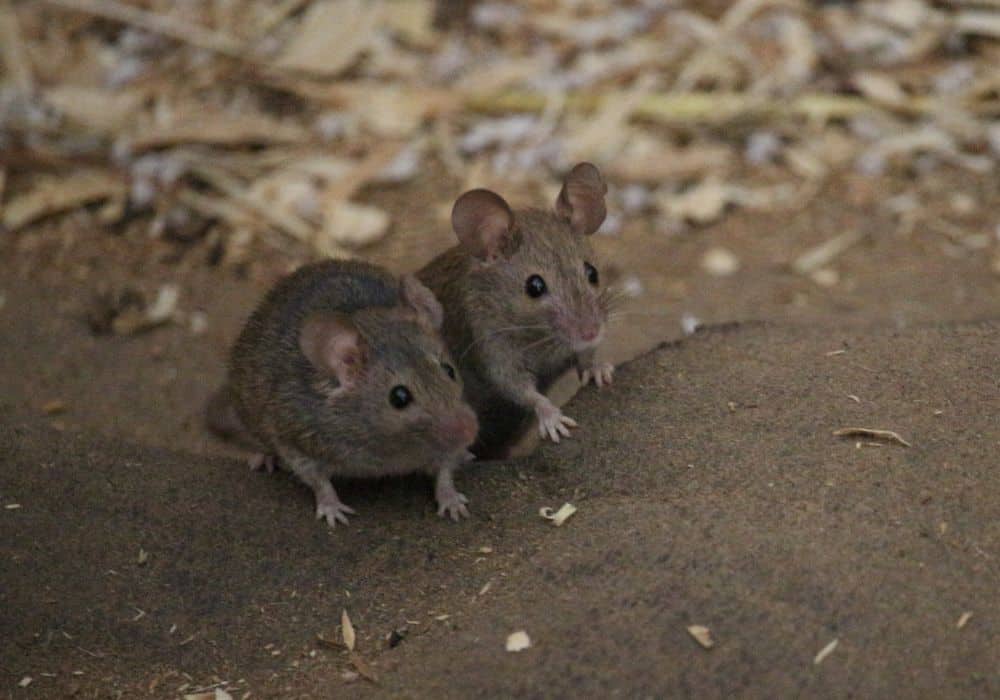For such a small creature, mice can wreak havoc, particularly if they convert your shade into their cozy adobe.
These pesky pests are not only capable of damaging your belonging, but they can also chew walls, pipes, and electric wires. As such, they pose a serious threat to your shed’s structure too.
If that’s not troubling enough, their rapid reproduction rate will shock you. What may initially seem like a pair of cute rodents can turn into a bustling colony of 20 members within a month. So, it is best to take action before become a major headache.
In this guide, we’ll discuss several preventive tips and tricks to keep these tiny invaders out of your precious shade.
Let’s jump in!
Evidence of Mice in Your Sheds
Storage sheds make the perfect haven for mice. With their dark corners, quiet atmosphere, and minimal human activity, it’s no wonder mice find them inviting.
These structures also offer a warm and cozy space, with plenty of cushions, boxes, and cartons that can be transformed into fantastic bedding. Top that with a tasty buffet of crawling insects, a sack of birdseed, and a convenient water source, and the mice will never leave this paradise.
But how do you figure out if you have a mice infestation in your shade?
Well, here’s a list of the most common tale-tell signs of rodent infestations:
- Droppings near food sources that look like rice grains (rat droppings look more like raisins)
- Grease marks on floors and walls
- Little holes on the wall with chewed edges
- Burrows around the yard
- Scratching and gnawing sounds in the walls, especially during the night
- Chewed papers, clothes, furniture, cushions, boxes, toolboxes, etc.
- Dry crusty yellowish marks that emit a strong ammonia-like smell
- Tinny footprints in dusty grounds.
Effective Ways to Keep Mice Out of Your Shed
If you see a mouse near or inside your shade, chances are several mice are nesting in the structure.
Like rats, mice rarely stray far from their nests. And if there are enough food resources in a location, these invaders will stick around and reproduce until they overpopulate the area.
When this happens, it can be hard and expensive to get rid of them. Even worse! Mice can make their way into your home, causing more destruction and spreading pathogens.
Fortunately, you can use a variety of techniques to keep these unwelcomed visitors out of your shade. Below, we’ve mentioned a few:
1. Set Up Traps
For centuries, people have used mouse traps to capture and prevent mice and rats from invading their homes. When strategically placed in high-traffic areas, mouse traps can be quite effective.
There are several types of traps on the market you can choose from, including a glue board, snap trap, electronic trap, live trap, etc.
However, if you want the best result, keep in mind the tips below:
- Pick the right bait: Contrary to belief, rats and mice don’t love cheese. In fact, they will only eat cheese if they have no other food. Mice usually prefer seeds and nuts, so they will approach any trap with hazelnut spread and peanut butter. Alternatively, you can lure mice into traps by providing them with nesting materials, especially during cold months. Simply create a trail of connected cotton balls or yarn leading to a mouse trap.
- Use a tiny bait: A small bait size of dining is enough to use on the mousetrap. When you use a large amount, the mice can take some of it without being caught by the trap.
- Keep your hands off the trap: With an exceptional sense of smell, mice can easily detect human scent in traps. So, avoid handling the trap with your bare hands. Instead, wear a pair of gloves when setting up traps and bait. Reminder–wear gloves when handling the trap after it has captured the pest to safeguard yourself from diseases.
- Position the trap in the right place: Mice tend to avoid open spaces. Oftentimes, you will find them running along the walls of rooms to avoid being spotted. You can use this information to your advantage by placing the trap along the shed’s perimeter and on concealed, dark areas.
- Use more traps: As said earlier, mice have a high reproduction rate. As a result, they can populate an area with their offspring within 21 days. Since you’re not sure how many mice are in your shade, it’s wise to set up multiple traps. We recommend you position the traps two or three feet apart along the path mice use.
2. Use Natural Repellants

Image Credit: a1exterminators
You can also keep mice out of your shed using natural mouse repellants. For example, cayenne pepper, cloves, garlic, cinnamon, and peppermint oil have a powerful scent that can repel mice away from the shed.
Sprinkle these ingredients around the shade to repel the mice and other rodents. Alternatively, you can plant the herbs along the shed’s perimeter.
In addition to herbs, you can spray some predator urine around the shade. The urine’s scent will communicate to the mice that the shed is not safe, keeping them away.
You should also look into commercial repellents. However, take caution when using and handling these products, as they contain harmful chemicals and poison. That means they can prove dangerous to kids and pets.
Additionally, consider using other effective rodent repellants. For instance, electronic repellents like ultrasonic devices emit high-frequency waves that chase away mice. Sometimes, the device repels bats, bugs, and other rodents.
3. Improve the Shed Sanitation
Mice thrive in crowded and undisturbed areas. So, you can make your shade uncomfortable by keeping it clean.
Like your garage, you should regularly deep clean the items in the shade. Remove anything rodents might find enticing and use for nesting, including boxes, pipes, wood, papers, and trash.
Keep all tools organized in the barn and eliminate likely food sources, like grains, nuts, seeds, or pet food.
It also helps to replace cardboard storage boxes with heavy-duty airtight plastic containers. This way, you can prevent the invaders from chewing on the cardboard boxes.
4. Secure the Shed

Image Credit: catseyepestcontrol
One of the practical techniques you can use to keep the mice away is by sealing the shed and all access routes.
Remember, mice can fit into a tiny space the size of a dime. Therefore, inspect the wall and roofs for any potential entry points, like cracks and holes mice and seal them.
Since mice and rats have long incisor teeth, they can chew through various materials and surfaces. So, ensure you see their access points with strong and sturdy material.
For large spaces like windows and doors, use a small wire mesh to secure them and allow air circulation in the shade.
Alternatively, you can use a variety of silicone sealants to seal gaps and cracks in the barn. As for holes and other openings, you can seal them with caulk and steel wool, thick plastic, metal, or strong concrete.
5. Use of Predators
Natural predators offer homeowners the best eco-friendly way to deter mice from their shades. The best predators for mice you can raise include:
Cats: Cats are among the most effective predators of mice, rats, gophers, and other rodents. These furry creatures will hunt down the mice in your shade. Even if the cat doesn’t kill the mice, its presence is enough to scare the small creatures away.
Dogs: Certain dog breeds like Rat Terrier and Carin Terrier excel at hunting and catching rodents. These dogs will not only sniff out mice from your shed but keep them away from your property.
Problems Caused by Mice Infestation

Image Credit: landguardpestcontrol
In the case of a mice infestation, it’s paramount to deal with the situation immediately. Otherwise, the mice might cause a multitude of problems, including:
Property damage–Mice usually chew and gnaw nearly everything, from wooden structures to electrical wires. Consequently, they can compromise the safety of your property.
Contamination: Mice droppings, hair, and urine can contaminate surfaces, food supplies, and stored objects. If you come into direct contact with these items, you might get exposed to diseases.
Fire hazards–As mice chew on electric wires, they can expose them, leading to short circuits and even fire.
The best way to deal with an infestation is to contact professional pest control professionals. These experts will inspect the shade for mice and use advanced techniques to eliminate them.
Take Away
That’s the end! We hope you are now familiar with the reasons and measures to eliminate and deter unwelcome rodents from your shed or barn.
Remember to inspect your storage structure regularly for potential access points and seal them. It also helps to keep the shade clean to create an inhospitable environment for these invaders.
And it’s not only the shade you should be worried about. If you have a garden nearby, ensure you protect the area using garden sheets or wire mesh to avoid attracting mice.
If you keep these tips and strategies in mind, you can reclaim your shade from these pesky pests.
Do you have any concerns or suggestions? Leave us a comment below.
